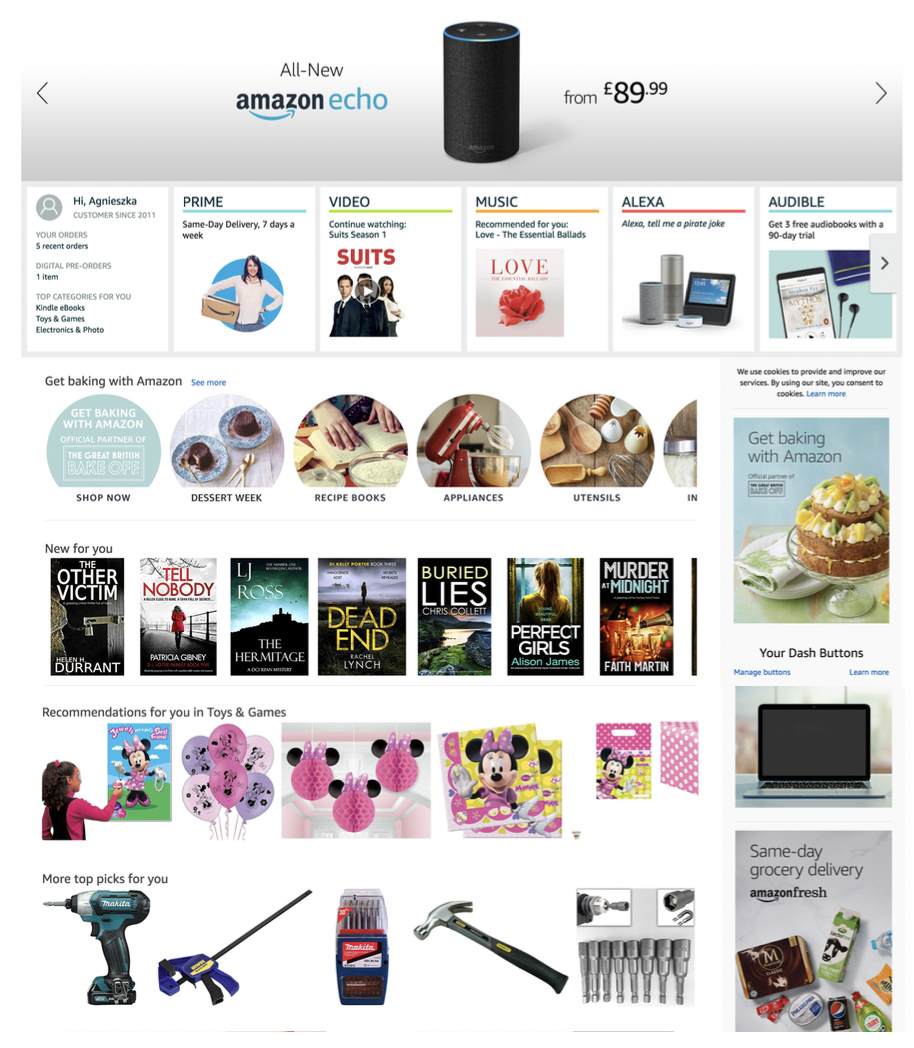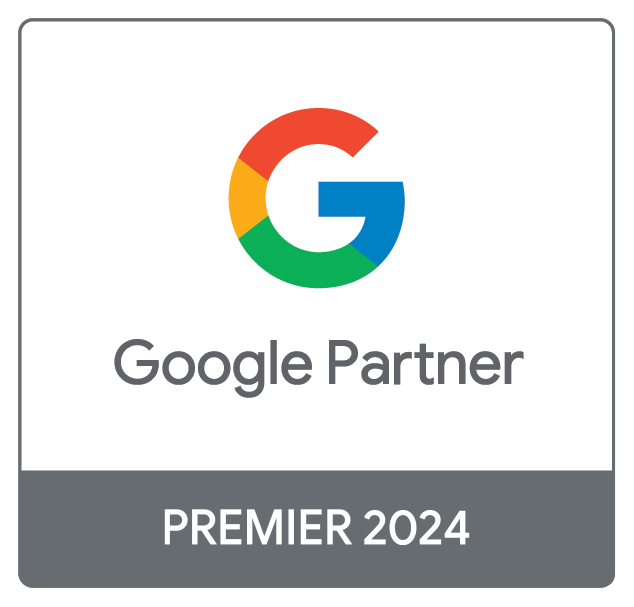Content marketing is hot right now but just because everyone’s doing it, it doesn’t mean it’s easy. Great content takes time and a lot of preparation (and believe me, this article gave me a lot of pain… J)
First of all, let’s talk about what content marketing actually is. Content Marketing Institute defines content marketing as follows:
Content marketing is a strategic marketing approach focused on creating and distributing valuable, relevant and consistent content to attract and retain a clearly defined audience – and, ultimately, to drive profitable customer action.
Meaning? Building a strong relationship with your target audience by giving them high-quality content that is very relevant to them. And content here can mean anything really, from case studies, infographics, podcasts, videos, faqs, polls, photos, etc.
But why is content marketing important?
Content marketing matters during the first 2 stages of the buying cycle: awareness and research. Through content marketing you are raising awareness of your brand/products/services and educating potential customers about it even if they have never considered it.
Imagine, potential clients find your content, find value in it, and by the time they contact you, they are already convinced that they want to work with you. But don’t forget that any form of content has to be good and provide value for your audience.
Content marketing also provides additional benefits that support other digital marketing channels. It provides additional content for social media marketing and contributes to SEO efforts by generating natural inbound links and building up good content on your website that gets found on search engines.
As an example, this piece of content is going to be used on our website in the blog section. It was also distributed via email marketing to our database together with the invitation to our event on the 29th of October. We will promote it throughout social media (Facebook, Twitter and LinkedIn – maybe you are already reading it there?). We may also create a video that’ll summarise the subject and maybe even create an infographic?
Now, coming back to the actual subject of the article. As we reach the end of the year, it’s always good to look a little ahead and check what’s waiting for us in 2019 from a content marketing perspective.
There are a lot of trends from 2018 which are still going to be popular in 2019 and it’s not possible to cover them all but let’s take a look at some of them.
Let’s start with personalisation.
I got caught out today by a fashion brand… You know this section on some sites: ‘You might also like…’ or ‘Match with…’? If done properly, it can work really well! I was shopping for new jeans and not only did I add the jeans to my basket, but also a new pair of shoes… Green! J

…update: the shoes arrived and were the wrong size…I’ve sent them back!! Make sure your entire process is tested continuously to avoid giving a bad customer experience.
Personalisation is key to delivering a great customer experience. Why is it so important? It leads to a 20% increase in sale opportunities from leads as well as converts 4x higher than generic marketing. And what I think is most important – 57% of shoppers are willing to give away their personal information in order to benefit from personalisation.
Imagine that you visit a landing page where you can download an ebook on social media marketing. You leave your name and email address to download it. Next time you visit the same site, you are greeted by your name and you are also shown more ebooks related to social media marketing. Cool, right?
What’s important to keep in mind is that you don’t have/shouldn’t have to collect all data from your potential customers in one go. If I see a long form asking me for a lot of information, I’ll probably get scared and leave the site. Start by collecting basic information like name and email address – like in the ebook example above. Most users will be happy to share these with you in exchange for compelling content.
Once you have the basic data, you can start a lead nurturing campaign where you offer leads access to great content, e.g. webinar or training in exchange for more data (company size and job title).
By splitting the data collection into multiple steps, you build trust and reduce the negative impact on your conversion rates. And the more data you have, the more you can use it to personalise your content, website, etc.
Just like this example from Amazon, which shows different content for different users.
From the home page experience you can learn a lot about me!
- I love baking
- I read a lot of crime books
- My daughter loves Minnie mouse and yes, I love DIY J

Funnily enough, if the personalisation is done correctly it can lead to unplanned purchasing decisions. For example, the purpose of my most recent visit to Amazon was to check out its personalisation features for this article. But guess what? I actually bought 2 news books from the recommended titles.
One of the fundamental purposes of any personalisation effort is to let your customers know that you’re paying attention to them. So use your data and personalise the experience for them, either by personalising the content on the site or maybe via email marketing.
Remarketing
Remarketing is booming and I’m sure we’re all bombarded with ads displaying products/ services/ brands from websites we previously visited. And as users typically need 6-8 touches before making a purchasing decision, remarketing plays/should play a crucial role in our marketing efforts.
If done properly, it can bring really great results. I’m sure many of you are thinking now – I hate these banners stalking me everywhere… and I totally agree – I hate it when brands are doing it! One of my favourite clothes brands is actually one of them and I really hate it when they start stalking me everywhere after I visited their site. But done well, for example those banners with products that I added to the basket but I didn’t buy in the end? What if there’s now an offer of free delivery or 5% off? That will change a game!
PS. on the other hand, this brand, my favourite, is doing great in terms of personalisation, e.g. sending me great offers for my birthday.
Niche content
With so much content everywhere, it’s not easy to break through the noise. And believe me, I know it really well. Every time I’m looking for an idea for a new blog post or topic for a speech, I’m bombarded with tons of content on the topic.
This huge amount of content means that you need to stand out. Start by creating content that is either extremely in-depth or creative (which is expensive and time-consuming) or drill down and create content for a smaller niche.
Start by identifying a niche in your industry (easy to say!). But think, maybe instead of writing about content marketing in general, I should write about content marketing for brands who try to expand into new markets?
Voice search
Voice searches are already taking up to 20% of all Google searches. I still find it quite strange to talk to my computer or phone… But younger audiences are much more open to it – you should have seen my son a few days ago asking my phone if Santa really exists and how to get in touch with him J
As voice searches are growing, as are sales of voice-activated home assistants like Amazon Echo or Google Home, it’s becoming more and more important. Younger people (your future customers) are far more likely to use voice search. According to some stats, over 60% of 18-29 years old are using voice assistants.
Because the way we speak is very different from the way we type, your content needs to adapt to natural language search. Voice search doesn’t mean that you need to change your overall SEO strategy or content on your site, but it requires some changes that can help make you more successful in the voice search world. For example:
- instead of focusing on keywords, you need to focus on answering questions the way a human being would
- target longer, naturally phrased keywords – keep in mind the conversational nature of voice searches
- since the majority of voice searches come from mobile, make sure that your site is mobile-friendly
- as more than 40% of voice searches are local, make sure your site is also optimised for local SEO
- use rich snippets to help Google find the right answers
By combining these, you’ll increase the chances of your content appearing at the top of search results. This will not only get you more traffic to your website but also make your brand more visible.
Read our article on how to optimise your website for voice search!
Influencer marketing
According to a report from Nielsen, 92% of people trust recommendations from individuals (even if they don’t know them) over brands.
Influencer marketing has been popular for many years now and it doesn’t seem likely to disappear anytime soon. It just seems that businesses will change the way they use it.
Instead of aiming for more and more influencers, identify the ones with whom you share the same brand values and audience. They will be the ones who will represent your brand the best. You can then leverage their authority and readership to promote your brand while also building a meaningful relationship.
Your key focus on influencer marketing should be collaboration – create content that speaks to your common audience.
Videos
In the last few years digital video consumption has grown and is predicted to grow even further. Over the last 5 years, digital video consumption has grown from an average of 39 minutes to 115 minutes every day.
It’s clear that this trend won’t be going anywhere so if you aren’t investing in video marketing yet, you should definitely start.
You can start with something simple like a behind the scenes short video of your Marketing Director sharing insights on your industry, or a video testimonial from your client.
In the last 2 years live video also saw rapid growth. According to latest stats, 80% of consumers would rather watch a live video than read a blog or social media post.
To take advantage of live videos, you could start by creating e.g. Q&A sessions, live interviews, product demonstrations or streaming straight from an event or conference.
Automation
There is no stopping for marketing automation and technology. It helps marketers scale more effectively, make better decisions and save money. However, these technologies sometimes come at the expense of the relationships those same marketers have typically built with members of their audience.
Although automation might cover basic tasks, it’s important to do your best to add a personal touch or offer direct help when possible. I couldn’t think of a relevant example from my own experience, but one of my friends is working at a consultancy that has recently automated their communication platform for their customers. At the same time, they made a rule to visit their clients in person once every 6 months to see how they could be helpful, improve the relationship and get to know the people better. Thanks to that, none of their clients felt left alone, they’re happy with the improvements in communication and relationships have been strengthened.
Content marketing is here to stay. From blog posts and social media updates, we should see a shift towards video and niche-focused, personalised content. Marketers will turn to remarketing to reach their audiences, especially in B2B.
Which of these trends do you think will stay? Which of them you are already using?









